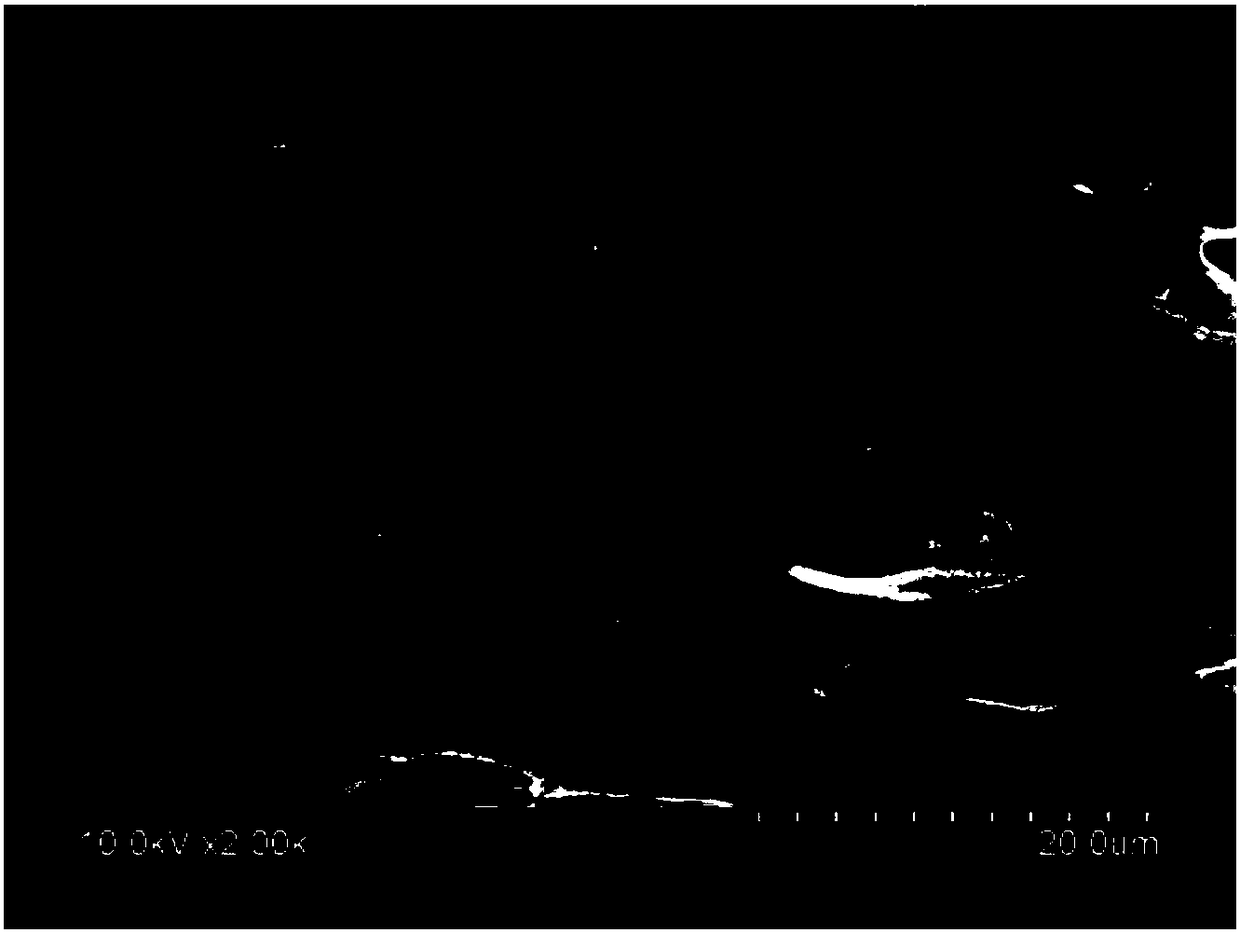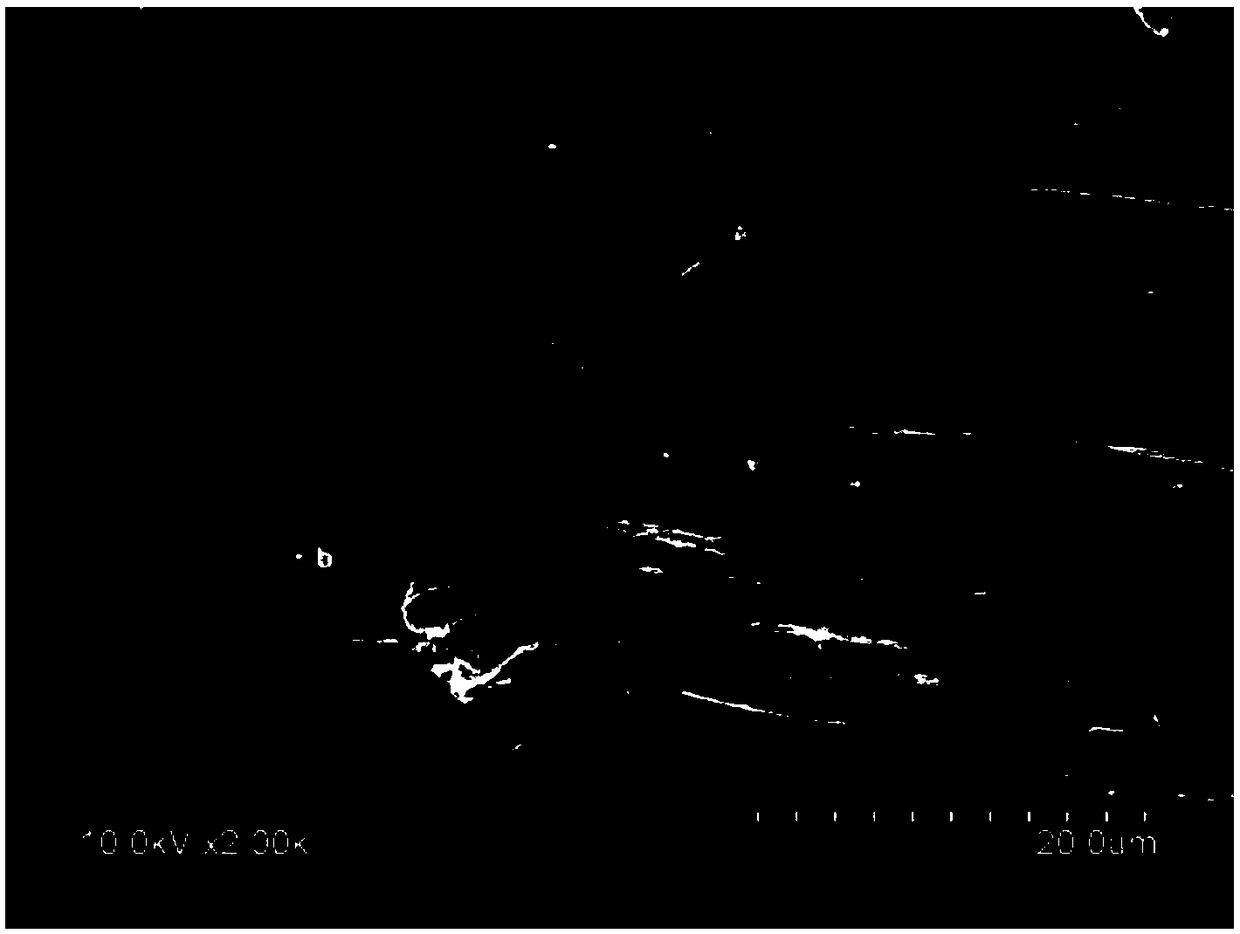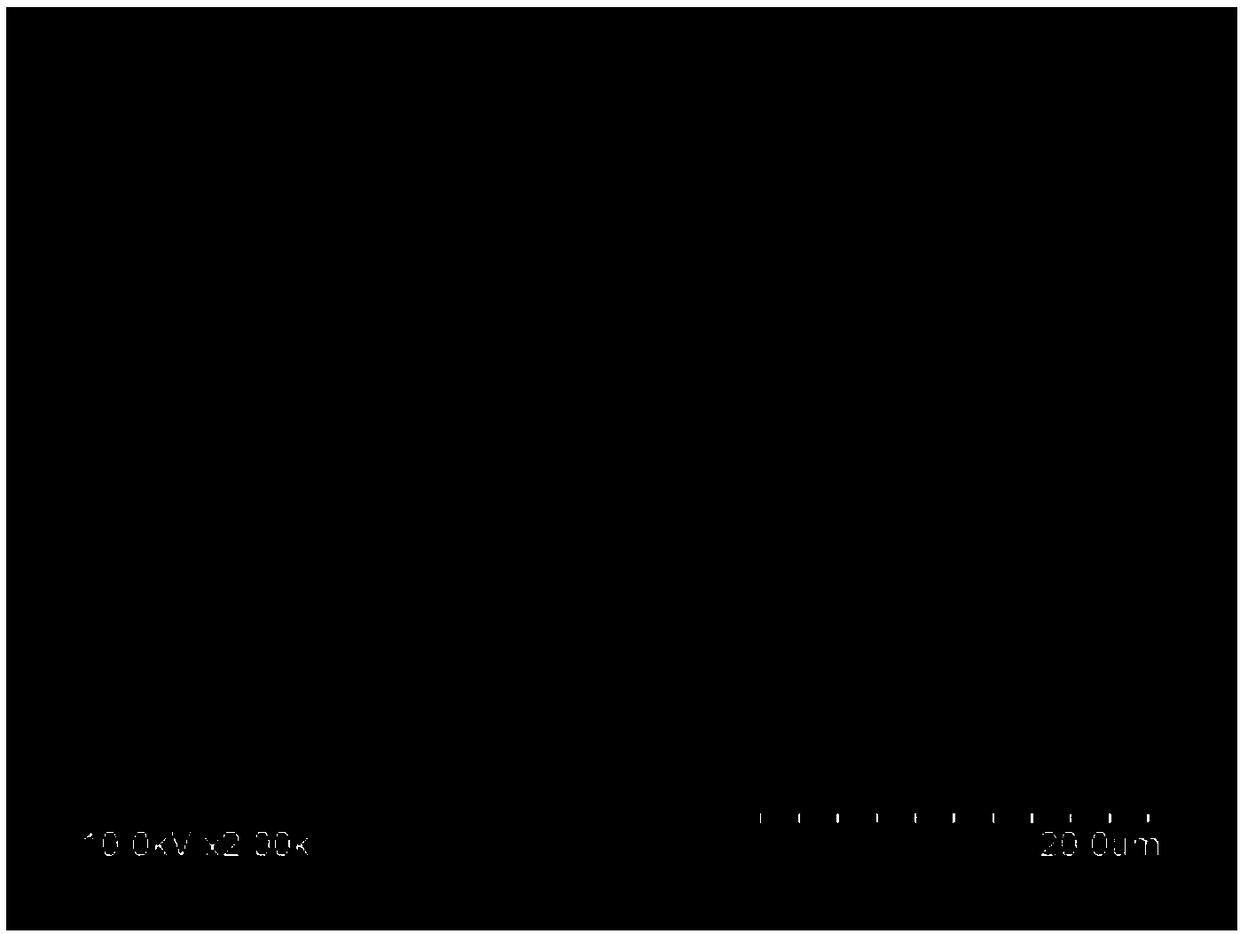Polyvinyl chloride hollow fiber porous membrane preparation method
A polyvinyl chloride and porous membrane technology, applied in the manufacture of hollow filaments, fiber chemical characteristics, chemical instruments and methods, etc., can solve problems such as complex recovery of diluents and extractants, reduced uniformity of membrane filaments, and high control requirements , to achieve the effect of improving melt flow properties, easy tensile deformation, and uniform three-dimensional network pore structure
- Summary
- Abstract
- Description
- Claims
- Application Information
AI Technical Summary
Problems solved by technology
Method used
Image
Examples
preparation example Construction
[0023] The invention provides a kind of preparation method (abbreviation method) of polyvinyl chloride hollow fiber porous membrane, it is characterized in that the concrete steps of this method are as follows:
[0024] (1) Preparation formula: It is prepared by mixing polyvinyl chloride, water-soluble ester solvent, composite porogen and auxiliary additives uniformly, and its mass fraction is composed of:
[0025] Polyvinyl chloride: 20-35%;
[0026] Water-soluble ester solvent: 8-25%;
[0027] Composite porogen: 35-60%;
[0028] Auxiliary additives: 2-5%, the sum of each component is equal to 100%;
[0029] The water-soluble ester solvent is at least one of 1,4-butyrolactone or triethyl phosphate; the water-soluble ester solvent plays a plasticizing role in the stretching process of the film, and because it is a water-soluble solvent, It can be washed with water without shrinking the surface pores of the membrane.
[0030] The composite porogen includes a water-soluble p...
Embodiment 1
[0036] The polyvinyl chloride that is 31% by mass percentage, the 1,4-butyrolactone that is 11% by mass percentage, the epoxy soybean oil that is 5% by mass percentage and the composite porogen that 53% by mass percentage are mixed uniformly, the above-mentioned The blend was fed into a twin-screw extruder, and extruded through a hollow spinneret at a temperature of 155° C., and nitrogen gas was passed into the hollow spinneret. The extruded melt enters a 4cm air bath, a 25°C coagulation bath, and then the first winding, and a 1.5-fold stretching treatment in a 80°C water bath, and then heat-set for 60 minutes in a 50°C water bath , and finally continue to extract and wash in water for 48 hours to obtain a polyvinyl chloride hollow fiber porous membrane.
[0037] It was determined that at 0.1MPa and 25°C, the water flux of the obtained polyvinyl chloride hollow fiber porous membrane was 214.5L / m 2 h, the tensile strength is 15.1MPa, the average pore diameter is 0.446μm, and t...
Embodiment 2
[0039]The membrane-making process conditions in Example 1 were changed to: three-fold stretching treatment was performed in a water bath at 80° C., and other conditions remained unchanged to prepare the polyvinyl chloride hollow fiber porous membrane.
[0040] It was determined that at 0.1MPa and 25°C, the water flux of the obtained polyvinyl chloride hollow fiber porous membrane was 305.9L / m 2 h, the tensile strength is 23.9 MPa, the average pore diameter is 0.556 μm, and the porosity is 58.19%.
PUM
| Property | Measurement | Unit |
|---|---|---|
| particle size | aaaaa | aaaaa |
| tensile strength | aaaaa | aaaaa |
| pore size | aaaaa | aaaaa |
Abstract
Description
Claims
Application Information
 Login to View More
Login to View More - R&D Engineer
- R&D Manager
- IP Professional
- Industry Leading Data Capabilities
- Powerful AI technology
- Patent DNA Extraction
Browse by: Latest US Patents, China's latest patents, Technical Efficacy Thesaurus, Application Domain, Technology Topic, Popular Technical Reports.
© 2024 PatSnap. All rights reserved.Legal|Privacy policy|Modern Slavery Act Transparency Statement|Sitemap|About US| Contact US: help@patsnap.com










